Today at the disposal of gardeners and landscape designers is simply a huge number of decorative deciduous and flowering plants that are very popular for decorating household plots. Sometimes preference is given to familiar cultures, which is not difficult care.
Exotic plants, such as Clematis, are often scared by novice gardeners, which are afraid of possible difficulties in their cultivation. However, when complying with the basic rules and attention to Lian, it is not difficult to grow a gorgeous plant on its site. This is especially true of Clematis Botanical Arabella - a bright and unpretentious variety of Liana, which is perfectly coming in any climatic conditions.
In this article, consider the features and botanical description of Clematis Arabella variety, as well as the main uses of the weighing plants in landscape design. We note the rules and nuances of landing and the departure of Clematis Arabella in the garden.
Features and morphological description of Clematis Arabella
Clematis are perennial rigid or grassy plants, which are a genus from the Familic family. This plant has long been used to decorate vertical supports, since most of the species and decorative varieties are climbing lianas. This is also talking about the name of the genus, since the name clematis occurred from the Latin Klema word, which in translation denotes "grape mustache, vine". It is such a word that all the curious decorative plants designate.
In addition to this general scientific name, other definitions of Clematis were also in the people. Especially popular is the names like Lomonos or Lozinka. Among the enormous diversity of Clematis varieties, Clematis, Clematis, is especially allocated to Clematis Solitical Arabella, who loved the gardeners with its beautiful appearance and unpretentious in cultivation. This variety of Liana is Lodnimizing large-scale Clematis, Clematis Clematis Hybrid. He was introduced in the UK in 1994 by the British breeder Barry Fretuell. This variety of Clematis received his name in honor of the daughter of Lords Herchel, the spouse of General John Kezheli.
It is not necessary to confuse this grade Clematis Chenical, which has purple-blue flowers, with a rather rare type of this plant also called Arabella with white flowers, which is currently considered to be lost.
Description Clematis Arabella:
- Clematis Arabella refers to the integriflation clematis group, which in translation denotes solidistic. This is associated with the structure of Clematis foliage.
- This plant grade is a long-term bush culture, since the shoots of Clematis Arabella do not have the ability to cling to support. This trait highlights a variety of the total mass of Clematis varieties.
- The root system of the plant is a urine or rod-like rhizome, which is well clinging for the soil and has a fairly large size.
- Saving Clematis Clematis Arabella in height can reach 1.5-2 meters, however, when growing a plant in the form of a soil culture, you can reach the length of the shoots of 3 meters.
- Magnificent and beautiful shoots form a neat crown shape in the form of a hemisphere, but in this case it is important to bring branches to the support in a timely manner, since Clematis Arabella variety does not have the ability to cling independently. This, this clematis resembles a plenty rose.
- Very often, the gardeners grow this grade of Clematis as a racing plant, thereby creating enough unusual magnificent curtains.
- The shoots of Clematis are thickly covered with solid leaves of a slightly oval shape with a wavy edge. Sheet plate has a slight downward, which indicates that this variety is related to the varieties of Clematis Group of Lanuginosis. The leaves have a rich green shade.
- The main decoration of Clematis Arabella is bright and unusual colors that in diameter reach 7-9 cm.
- Flowers bloom on the shoots of the current year, therefore the grade of Clematis Arabella to the pruning group No. 3.
- The flower of Clematis of this variety consists of oblong rounded petals, which are located separately from each other. Usually one flower contains an average of 4 to 8 petals.
- At the very beginning of flowering petals painted into a saturated purple shade, which over time becomes pale blue.
- The flowering of Clematis Arabella depends on the growing region. In the warmest areas, the first flowers can bloom in June. As with all varieties of this group of Clematis, flowering is long and can last until mid-October.
- The variety of Clematis Arabella has good frost resistance, can withstand frosts up to minus 30 degrees.
Use Clematis Arabella in garden design
To date, almost all varieties of Clematis are considered desirable guests in the garden plot, because there is no wonder there is an opinion that only one Clematis can replace all decorative plants in the garden. Clematis Arabella is also popular among landscape designers who use this culture in a variety of variations.
- First of all, Clematis of this variety looks great in the form of a soil plant. It can be planted in mixlets or on the Alpine slides, where Clematis Arabella forms lush and neat jerks.
- With this variety of Clematis, it is possible to make quite original compositions. For example, near the walls are embroidered varieties of this culture with large flowers, and at the very bottom you can accommodate Clematis Arabella.
- Many gardeners plant this grade Clematis near coniferous and perennial plants.
- Although Arabella does not have the ability to cling to support, gardeners and designers do not exclude such a way of applying on the backyard. Only in this case periodically it is necessary to bind shoots to the support.
- Recently, Clematis of this species has become particularly popular with growing in balconies and terraces in suspended porridge.
As can be seen, Clematis Arabella is a bright and beautiful variety of climbing plants, which is often used in garden design. You can more clearly see applications on the following photos of Clematis Arabella:
The reproduction of Clematis Arabella: the most common ways
Many beginner gardeners are frightened by difficulties in growing such capricious plants as Clematis. However, when complying with the basic landings and care rules, it is enough just to get a beautiful and strong Clematis in the garden. First of all, it is important to clearly present the important features of the basic methods of reproduction of Clematis Arabella, which will help get healthy young plants. This variety of Clematis can be multiplied by the following methods: seeds, dividing bush, autumn and summer grains, plugging shoots, as well as cuttings. Each option has its own rules and features that need to be clearly performed to get a positive result.
Reproduction of the division of the bush
- This method is very popular among gardeners due to its simplicity. However, it is impossible to get a large number of young plants at once.
- In addition, it is worth considering that Clematis can be multiplying by the way that they have not reached 3 years. More adult bushes for division can break, besides, they do not care well and require painstaking care.
- It is possible to carry out the division of the bush at the end of August or in the spring. Experienced gardeners recommend all the same spring reproduction, as in August, the decenes are badly leaving.
- It is necessary to carefully dig a Klematis Arabella's bush from all sides, after which remove it from the soil with all caution, while trying not to damage the root system.
- Next, take a sharp knife or a secateur and divide the rhizome into several parts in such a way that each decene has at least three strong roots and young shoots.
- After that, it is necessary to dry the sections with wood coal.
- Immediately after that, land the decene on the pre-prepared places, plenty and climb the surface.
The reproduction of Clematis Arabella with letters
- This method is considered the most popular and common, as in the end you can immediately get a large number of seedlings. In addition, it is ideal for this method.
- First of all, on the plant, it is necessary to choose healthy and high-quality shoots, after which you directly dock the ditch with a depth of a maximum of 20 cm and 1 meter length.
- Next to the ditch, pour the fertile soil and add a bit downward.
- Place the selected grooves in the grooves and fix them using special brackets or ordinary wires, then sprinkle them soil. Only the top should remain on the surface.
- During the season it is important to regularly water and dip the chain, in order to end up by the end of the summer you had 2-3 young seedlings.
- The next season, young plants can be separated from the maternal bush. It is recommended to do this with the help of forks not to damage the root system of Clematis.
Reproduction by sending shoots
- In addition to the above methods, gardeners often use the fostering method, which is also characterized by simplicity and efficiency.
- This reproduction is carried out in the spring.
- To do this, it is necessary to prepare the pot with fertile soil. Most often mix ground with peat.
- Next, the shoots of last year at the site of the node are pumped into the prepared pots and covered with a soil from above. Next, the pots are plugged into the ground slightly below the surface, so that the water does not flow during watering.
- During the season, it is necessary to regularly plunge the soil around the seedling and already by the fall you will have the young plants of Clematis Arabella, which can be planted at a permanent place.
Many gardeners are used to breed Clematis of this variety. You can also say about seed reproduction. Clematis Arabell is a varietal plant, so the cultivation of seeds are lost maternal signs.
Landing Clematis Arabella - description of the stages
All Clematis are considered to be whimsical and capricious plants, but should not be afraid of their cultivation. Landing Clematis Arabella will not be difficult, especially if you correctly conduct preparatory work. It is enough to purchase high-quality planting material and pick up on its site a suitable place for landing, after which the process of growing will seem not so complex. Consider the main features of all stages of planting Clematis of this variety.
Stage 1. Selection and purchase of planting material
- The key to obtaining a beautiful, blooming and healthy plant depends primarily from the purchase of a strong and high-quality planting material.
- Today, you can meet the landing material of different types. Experienced gardeners recommend buying small rooted cuttings with sleeping healthy kidneys. They are best joining. In addition, they can be stored in the refrigerator until the start of landing.
- Alternatively, you can pay attention to seedlings with closed roots in a container with green shoots. However, it is necessary to buy such a landing material no earlier than 1-2 weeks before landing.
- If you acquire seedlings with an open root system, then be sure to pay attention to the presence of 2-3 live kidney and at least 5 root processes.
- Going over the purchase of landing material is best in specialized garden centers or nurseries, where experts are engaged in growing various plants for sale.
- Do not forget that to obtain in further strong and healthy seedlings, it is important to carry out a thorough inspection of purchased seedlings. They should not be damaged, broken branches and yellowed leaves, as well as signs of diseases and pests.
Stage 2. Choice of Place and Pouring Soil for Planting
- The next important step in preparation for planting this plant is the choice of a job ideally suitable for landing on its site, which would ideally comply with all the requirements of Clematis of this variety.
- Clematis Arabella, like other varieties of this culture, perfectly feels in open places, where in large quantities there is sunny light throughout the day. Saplings of this variety can grow in a small one with scattered sunlight.
- For this plant it is important to choose a place protected from strong wind and drafts.
- It is also especially important to choose a plot on a small hill, where moisture in the roots will not be stated.
- The best soil for planting Clematis of this variety is fertile loam. It is best to select loose, breathable soil with a neutral reaction, as the acidic and saline soil for clematis is not suitable.
- Before boarding it is important to carefully switch the selected place, break and dissolve. You can immediately install the support.
Stage 3. The process of landing Clematis Arabella
- The landing of Clematis of this variety is carried out both in spring and autumn - it all depends on climatic conditions. In the regions with a cold climate, a spring landing is welcomed.
- First of all, it is necessary to prepare landing pits. In depth, it should be about 60 cm, exactly the same size should be the width of the pit.
- At the bottom of the wells, it is necessary to pour a layer of drainage, which should be 10-15 cm thick. The rubble will be suitable as a drainage, broken brick.
- Next, mix the soil from landing holes with compost, charcoal, mineral fertilizers and pour a small hilly on the drainage layer. Place the seedling on it, carefully straighten the roots and sprinkle them soil mixture so that the root neck is slightly bundled.
- The priority is important to inspire and pronounce. For this, slightly plants are planted around Clematis.
Agrotechnical cultivation of Clematis Arabella: Secrets and Nuances of Care
Care for Clematis Arabella does not require great effort from gardener, but to apply some knowledge will still have to apply.
- Watering. This grade of Clematis requires abundant and frequent irrigation. Water will be made approximately 1 time per week, and with a long drought much more often. At the same time you need to follow, so as not to pour the roots.
- Loosening and mulching. After each irrigation, it is recommended to loosen the top layer of the soil to ensure the inflow of oxygen to the root system. Periodically, you need to update the mulch layer that protects the roots from heating. For mulch, you can use a straw or humoring layer, which is updated every month.
- Feeding First year after landing, young plants do not need feeding. From the second year, it is necessary to fertilize plants about 3-5 times per season. In the spring, during active growth, nitrogen fertilizers should be made during the bootonization period, the seedlings are fed by complex mineral fertilizers, after flowering, potash and phosphoric fertilizers should be made.
- Trimming. Clematis Arabella refers to the third group of trimming, which is considered the strongest. Since the flowers appear on young shoots of the current year, then in the fall, it is necessary to cut all the shoots, leaving only a 15-20 cm foam in a height of 15-20 cm. It is also important for the first year after landing to crop all buds.
- Shelter for the winter. Clematis of this variety is well tolerating frosts up to minus 30 degrees. However, it is better to glue a slightly bushing with humus and top cover with any observer material.
Clematis Arabella is a beautiful and spectacular variety of a climbing plant, which will certainly become an excellent decoration of any garden plot.


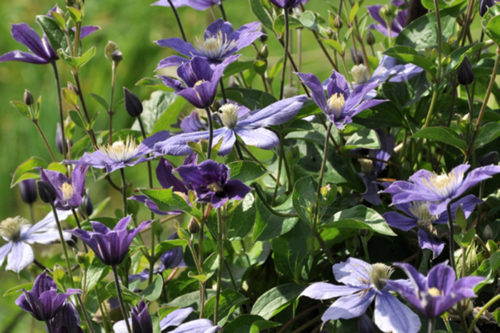
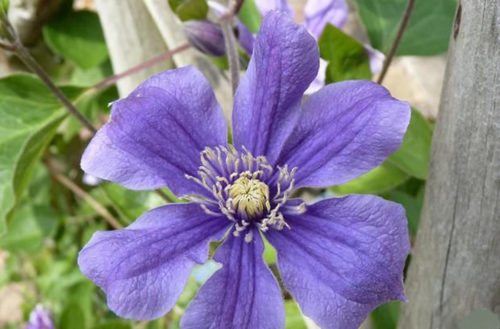
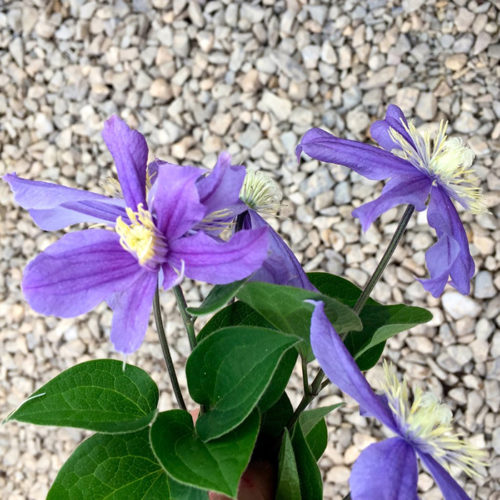
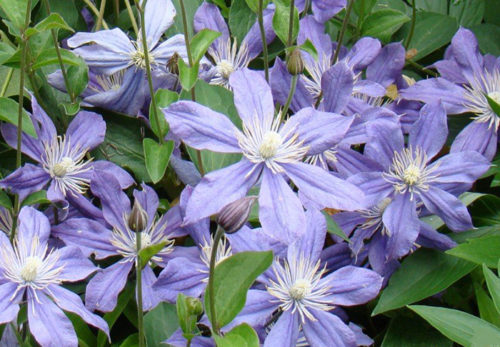
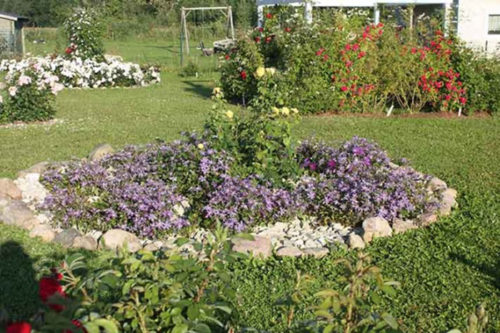
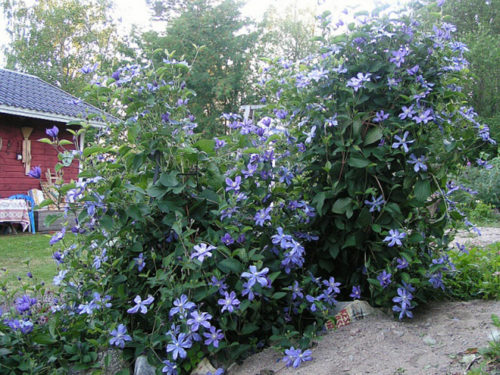
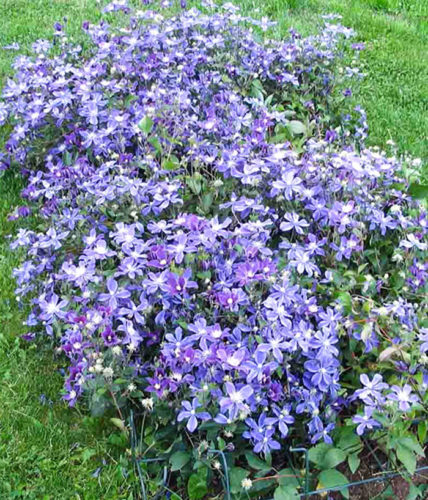
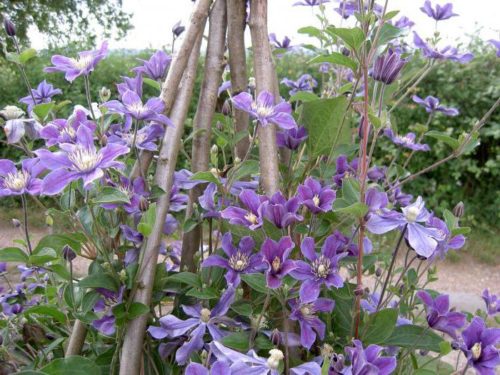
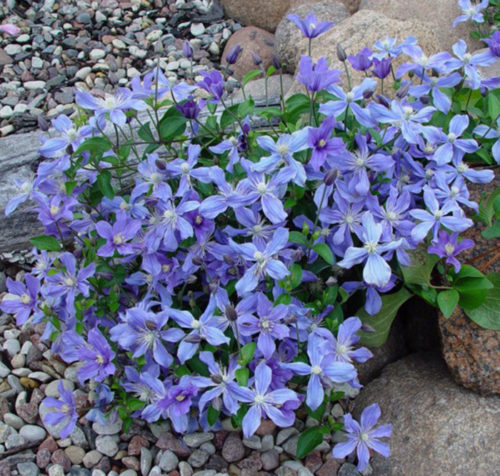
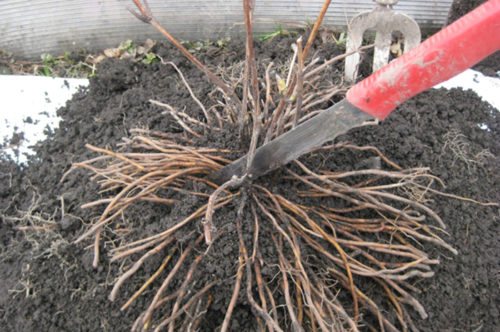
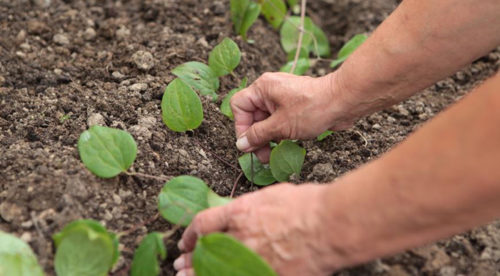
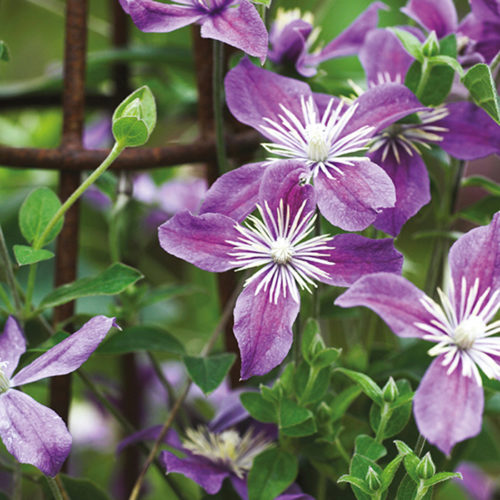
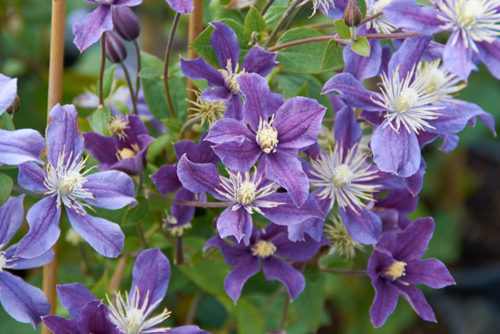
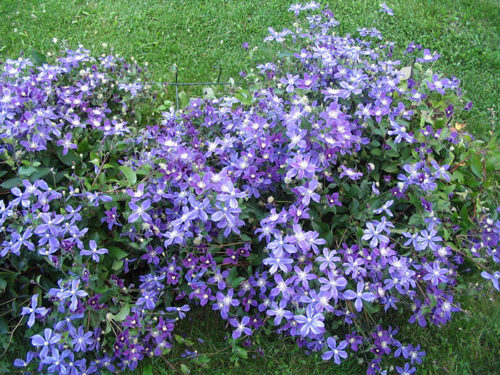

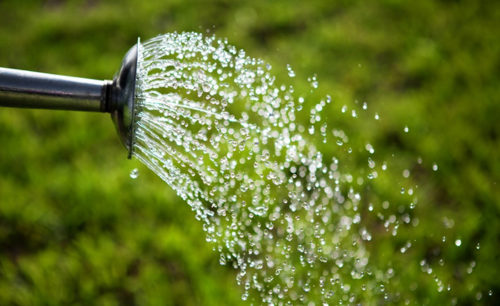
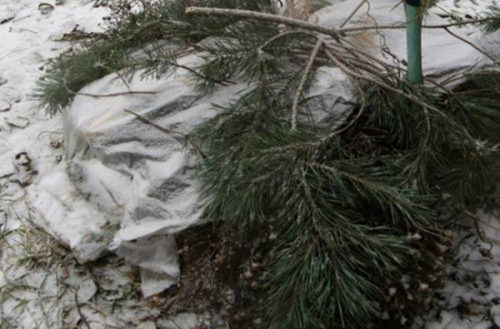












 Start a discussion ...
Start a discussion ...